
Balboa Park: San Diego's Cultural Oasis
Discover Balboa Park in San Diego: A cultural and recreational haven featuring world-class museums, lush gardens, and the renowned San Diego Zoo.
Nestled in the heart of San Diego, Balboa Park is a sprawling urban oasis that offers a rich blend of natural beauty, cultural landmarks, and recreational activities. Spanning over 1,200 acres, the park is home to lush gardens, scenic walking trails, and an array of world-class museums and theaters. It’s an ideal destination for tourists seeking both relaxation and enrichment. Visitors can explore the wonders of the San Diego Zoo, one of the most famous zoos in the world, which features over 12,000 animals and a variety of exhibits that educate and entertain. The park's botanical gardens are a haven for plant enthusiasts, showcasing a diverse range of flora from around the globe. For art lovers, the park hosts several museums, including the San Diego Museum of Art and the Timken Museum of Art, which boast impressive collections of works spanning different eras and styles. Architectural aficionados will be captivated by the Spanish Colonial Revival buildings that date back to the 1915 Panama-California Exposition, adding a historical charm to the park's modern amenities. Throughout the year, Balboa Park is alive with cultural festivals, live performances, and outdoor events, making it a vibrant hub for community and cultural engagement. Whether you're picnicking on the expansive lawns, enjoying a live theater production, or simply taking a leisurely stroll, Balboa Park promises an unforgettable experience for all who visit.
Local tips in Balboa Park
- Arrive early to secure parking, especially on weekends and during events.
- Wear comfortable walking shoes as the park is extensive and best explored on foot.
- Check the park's event calendar online to catch live performances and cultural festivals.
- Bring a picnic or enjoy one of the many on-site cafes and restaurants.
- Visit the Balboa Park Visitors Center for maps, guided tour information, and tips on must-see attractions.
Iconic landmarks you can’t miss
Balboa Park
Experience the beauty and culture of Balboa Park in San Diego, a vibrant destination filled with gardens, museums, and rich history.
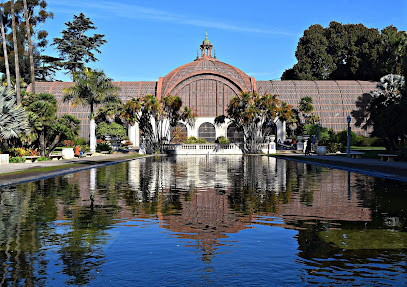
Japanese Friendship Garden and Museum
Explore the serene Japanese Friendship Garden and Museum in San Diego, a cultural oasis showcasing stunning landscapes and rich heritage.
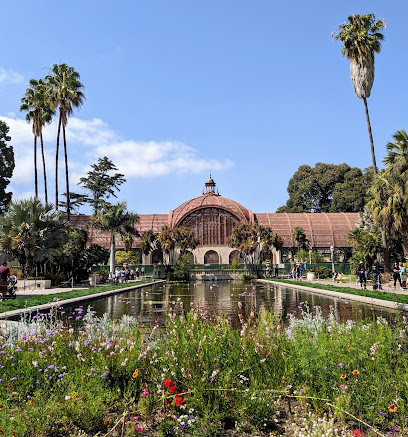
California Tower
Discover California Tower, a historical landmark in Balboa Park, offering stunning views and a glimpse into San Diego's rich cultural heritage.
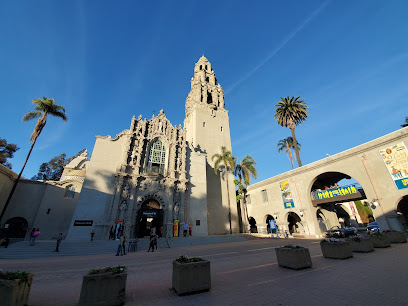
Cabrillo Bridge
Discover the beauty and history of Cabrillo Bridge, an architectural gem in Balboa Park, San Diego, perfect for memorable walks and breathtaking views.
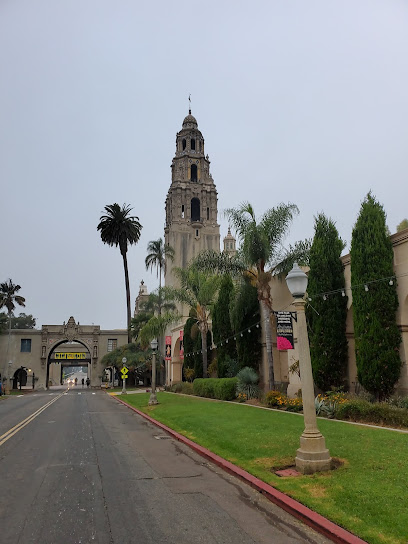
Casa Del Prado
Explore the beauty and history of Casa Del Prado, a stunning architectural gem in Balboa Park, San Diego, showcasing arts and culture.
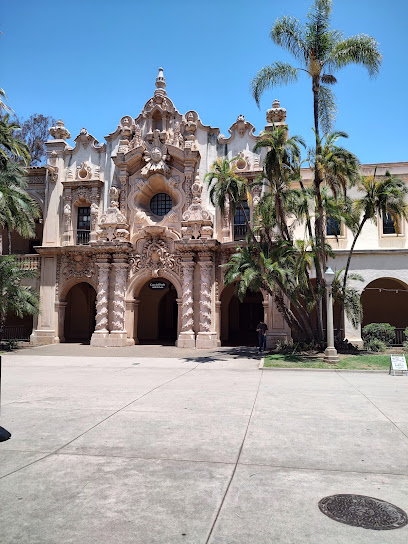
Plaza de Panama
Explore Plaza de Panama: A serene park square in Balboa Park, San Diego, where history, beauty, and culture unite for a memorable experience.

Casa del Rey Moro Garden
Explore the serene Casa del Rey Moro Garden in Balboa Park, San Diego—a tranquil escape featuring lush landscapes and cultural heritage.
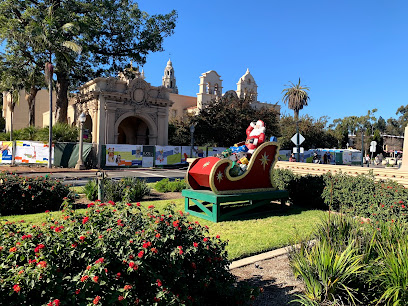
House of England
Explore the House of England in San Diego, a charming museum celebrating British culture and heritage amidst the beauty of Balboa Park.
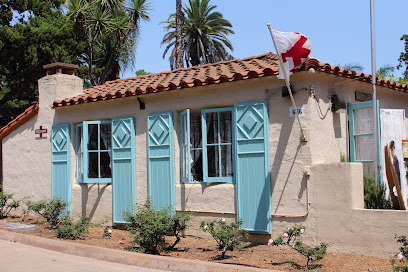
Casa de Balboa
Discover the architectural beauty and rich history of Casa de Balboa, a must-visit landmark in San Diego's Balboa Park.
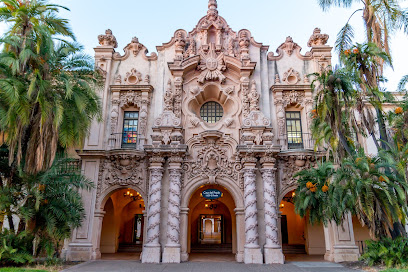
House of Charm
Explore the House of Charm in Balboa Park, a captivating historical landmark showcasing stunning architecture and rich cultural experiences.
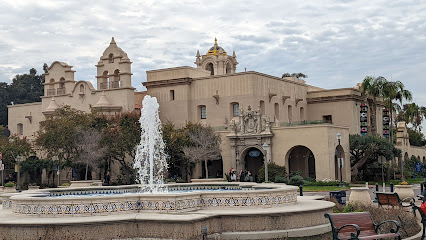
Unmissable attractions to see
Japanese Friendship Garden and Museum
Discover peace and beauty at the Japanese Friendship Garden and Museum in Balboa Park, San Diego, where nature and culture beautifully intertwine.
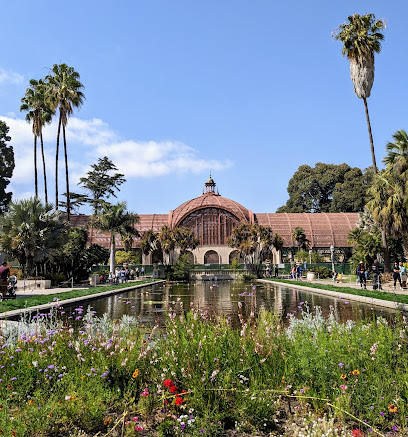
San Diego Air & Space Museum
Discover the legacy of aviation and space exploration at the San Diego Air & Space Museum, a captivating historical landmark in Balboa Park.
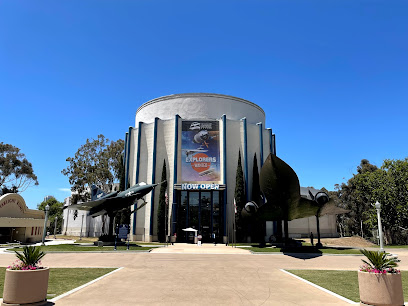
Fleet Science Center
Explore the Fleet Science Center in Balboa Park, a hub of interactive science exhibits and an IMAX theater for the whole family.
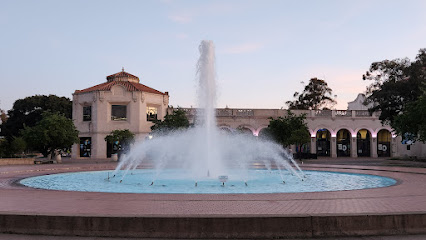
San Diego Natural History Museum
Discover the natural wonders at San Diego Natural History Museum, a perfect blend of education and adventure in the heart of Balboa Park.
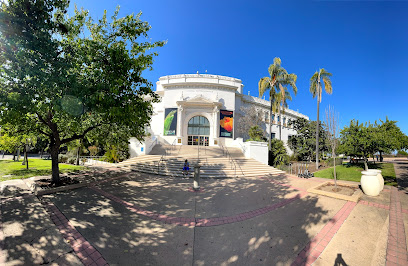
Alcázar Garden
Discover the enchanting Alcázar Garden in Balboa Park, a stunning oasis of Spanish-style landscaping and vibrant blooms in the heart of San Diego.
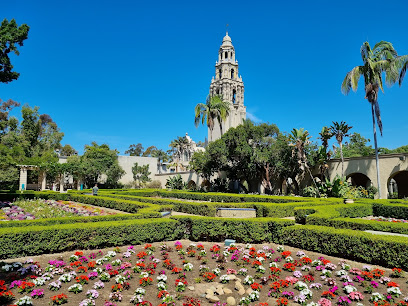
California Tower
Discover the historical charm and breathtaking views of the California Tower in Balboa Park, a must-visit landmark in San Diego.
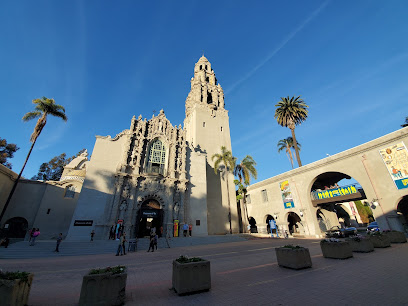
Balboa Park Carousel
Discover the Balboa Park Carousel: A historic amusement ride offering nostalgia and joy in the heart of San Diego's stunning Balboa Park.
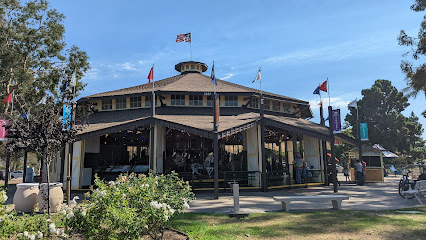
Desert Garden
Discover the Desert Garden in Balboa Park, San Diego, where stunning desert plants bloom in a serene oasis, perfect for relaxation and exploration.
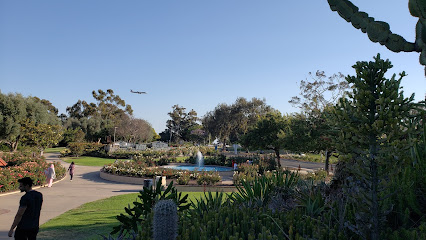
Essential places to dine
Prado
Discover the exquisite flavors of Californian cuisine at Prado in Balboa Park – where great food meets stunning scenery.
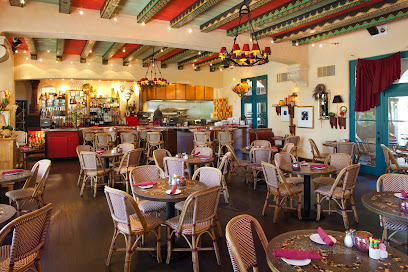
Panama 66
Discover Panama 66 in Balboa Park – where American flavors meet artistic ambiance amidst stunning surroundings.
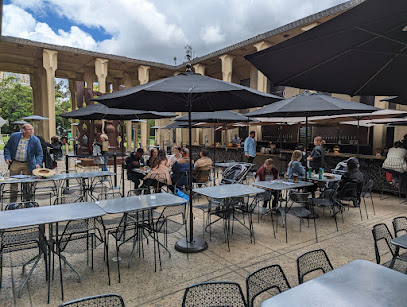
The Balboa
Discover the vibrant flavors of San Diego at The Balboa Grill & Bar – where great food meets friendly service.
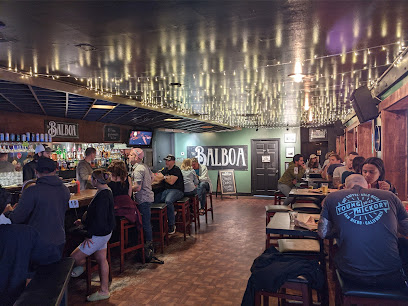
Parc Bistro-Brasserie
Discover authentic French cuisine at Parc Bistro-Brasserie in San Diego - your destination for delightful breakfasts, brunches, and seafood specialties.
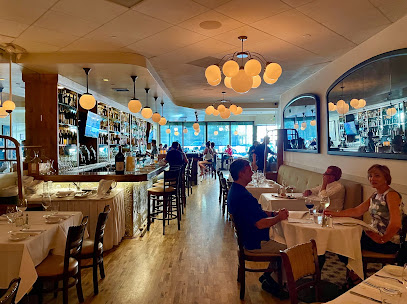
Albert's Restaurant
Experience delightful American cuisine at Albert's Restaurant in San Diego Zoo—perfect for families seeking great food amid wildlife.
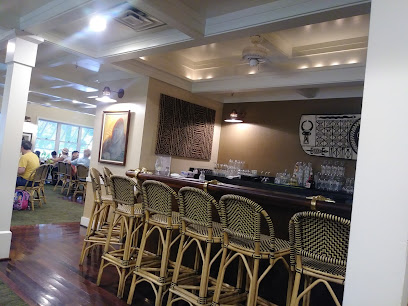
Tobeys 19th Hole Restaurant
Discover delicious American breakfast at Tobeys 19th Hole Restaurant in Balboa Park, where quality meets affordability.
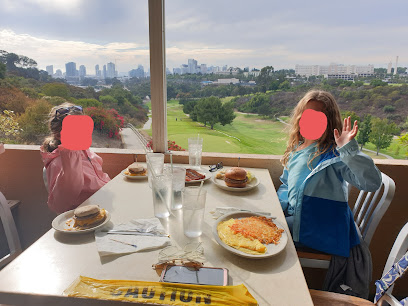
Sabertooth Grill
Experience delightful American cuisine amidst the beauty of Balboa Park at Sabertooth Grill – perfect for families and tourists alike.
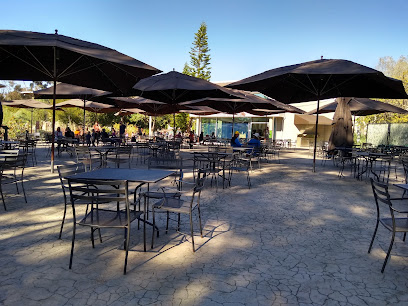
Safari Kitchen
Discover delicious hamburgers at Safari Kitchen in San Diego's Balboa Park – where taste meets adventure.
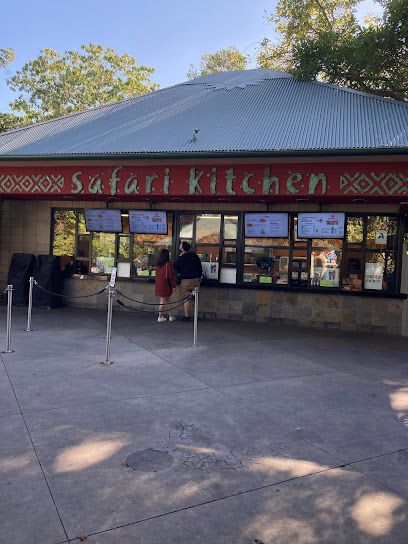
Busy Bee Cafe
Experience family-friendly dining at Busy Bee Cafe in San Diego Zoo, offering delicious American cuisine amid thrilling wildlife adventures.
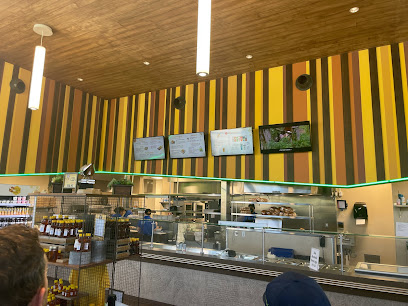
Sweet Shack
Discover Sweet Shack in Balboa Park: a must-visit American restaurant offering delightful dishes and a cozy atmosphere for all visitors.
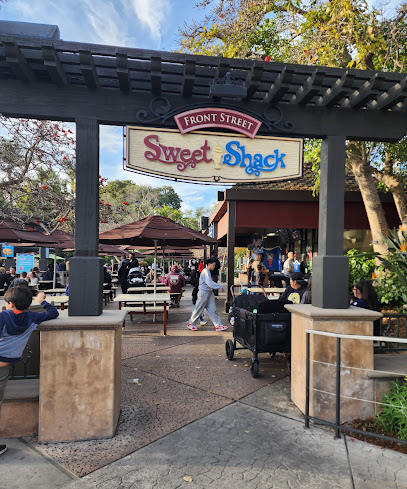
Markets, malls and hidden boutiques
Balboa Mesa Shopping Center
Discover the vibrant Balboa Mesa Shopping Center in San Diego, a shopping haven with diverse stores, great dining, and a lively community atmosphere.
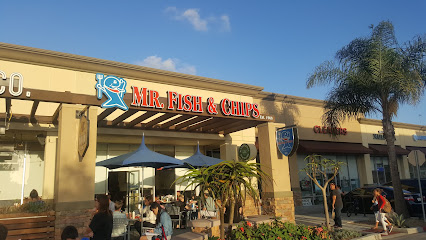
Old Town Market
Experience the vibrant culture and history at Old Town Market in San Diego, where shopping meets tradition and culinary delights await.
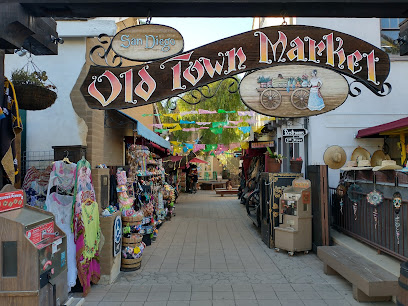
Pangaea Outpost
Discover unique gifts and local art at Pangaea Outpost, a vibrant gift shop in the heart of Pacific Beach, San Diego.
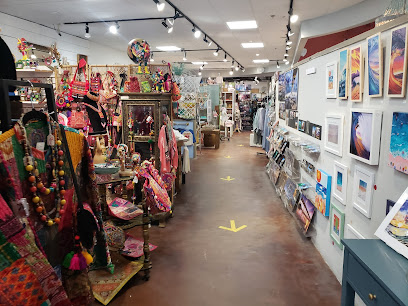
United Nations International Gift Shop
Explore the United Nations International Gift Shop in San Diego for unique gifts, books, and clothing that celebrate global cultures and promote peace.
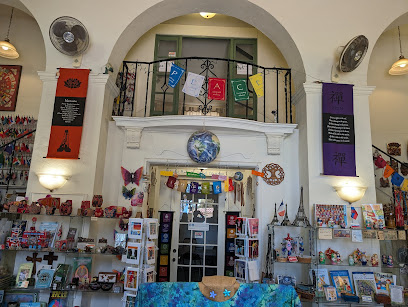
Panda Shop
Discover unique panda-themed gifts and local crafts at the charming Panda Shop in San Diego's Balboa Park, perfect for all ages.
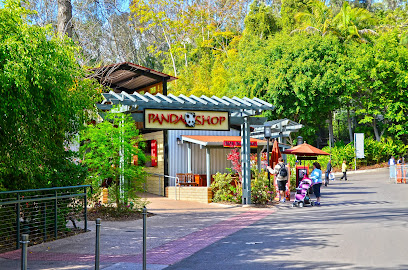
North Star Science Store
Explore the North Star Science Store in Balboa Park, a unique gift shop filled with science-themed treasures for curious minds and adventurers.

Sydney's Shoppe
Discover unique gifts and souvenirs at Sydney's Shoppe, the charming gift shop in San Diego's iconic Balboa Park.
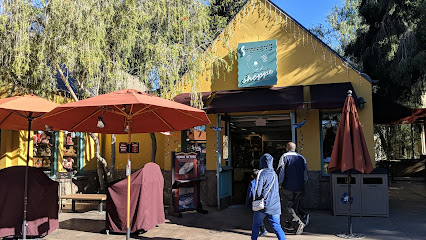
Arctic Trader
Discover unique gifts and souvenirs that celebrate San Diego's wildlife at Arctic Trader, located in beautiful Balboa Park.
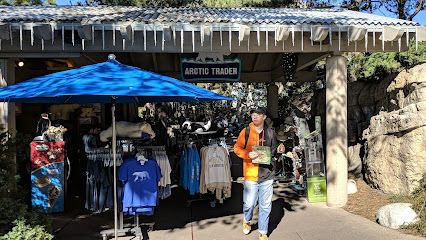
Bibliotique
Explore Bibliotique in Balboa Park, San Diego for unique gifts, artisan crafts, and memorable souvenirs reflecting the local culture.
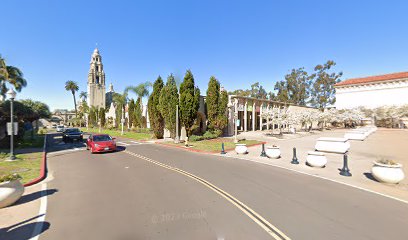
Tusker's Trunk
Uncover unique wildlife-themed souvenirs and gifts at Tusker's Trunk, the charming shop in San Diego Zoo, perfect for all ages.
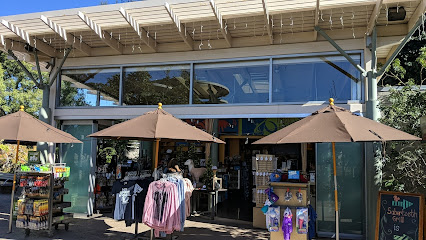
Essential bars & hidden hideouts
Prado
Experience the vibrant tastes of Californian cuisine in the stunning setting of Balboa Park at Prado Restaurant.
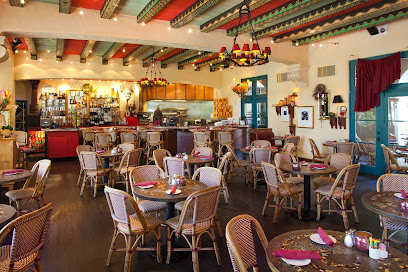
Polite Provisions
Discover the Art of Craft Cocktails at Polite Provisions in North Park, San Diego's Premier Cocktail Bar and Lounge.
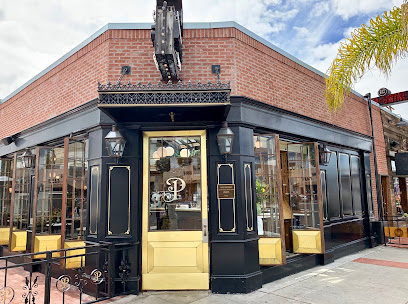
Panama 66
Discover Panama 66, where exquisite American grill cuisine meets the vibrant culture of Balboa Park, San Diego.

The Balboa
Experience the vibrant flavors and delightful atmosphere at The Balboa, a top-notch grill and bar in San Diego's Bankers Hill.
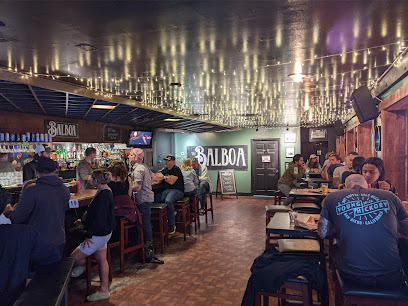
Trailer Park After Dark
Experience the quirky charm of Trailer Park After Dark, a unique bar and restaurant in San Diego's Gaslamp Quarter, offering delicious food and creative cocktails.
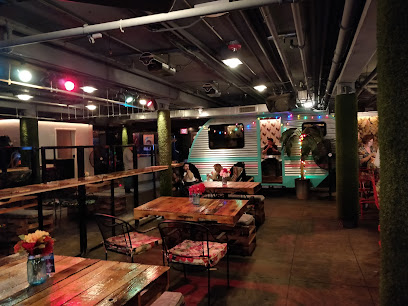
The Corner Drafthouse
Experience the best of Californian cuisine and craft beer at The Corner Drafthouse, a vibrant bar and restaurant in San Diego's Bankers Hill.

Blarney Stone Pub
Discover a lively atmosphere and delicious pub fare at Blarney Stone Pub in Clairemont, San Diego – your destination for Irish hospitality and local craft beers.
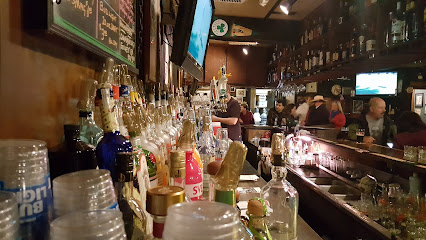
Part Time Lover
Discover the vibrant cocktail scene at Part Time Lover in North Park, San Diego, where every sip tells a story in an unforgettable atmosphere.
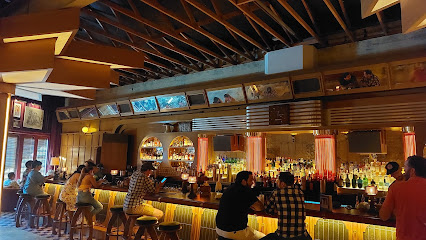
Wet Stone Wine Bar & Cafe
Discover the exquisite flavors and cozy ambiance at Wet Stone Wine Bar & Cafe, a San Diego dining destination for wine lovers and food enthusiasts alike.
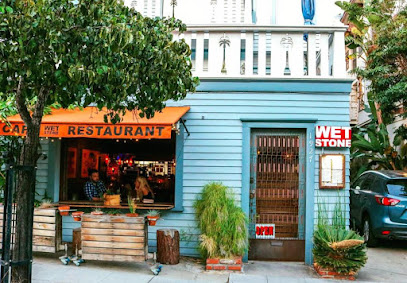
Lady Carolyn's Pub
Experience the charm of Lady Carolyn's Pub in Balboa Park, where cozy ambiance meets delightful beverages in San Diego's cultural heart.
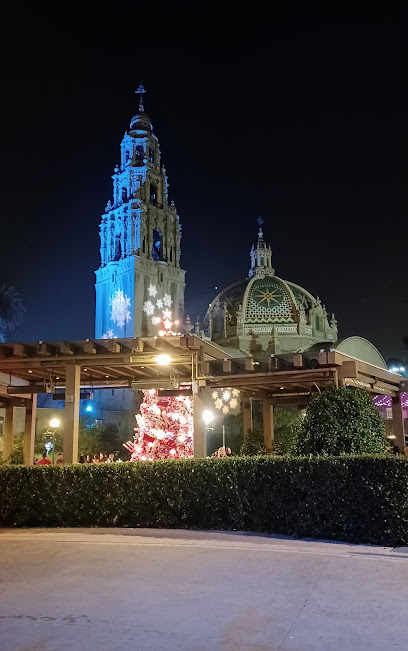
Local Phrases
-
- HelloHola
[oh-lah] - GoodbyeAdiós
[ah-dee-ohs] - YesSí
[see] - NoNo
[noh] - Please/You're welcomePor favor/De nada
[por fah-vohr/deh nah-dah] - Thank youGracias
[grah-see-ahs] - Excuse me/SorryPerdón/Lo siento
[pehr-dohn/loh see-ehn-toh] - How are you?¿Cómo estás?
[koh-moh ehs-tahs] - Fine. And you?Bien. ¿Y tú?
[byen. ee too] - Do you speak English?¿Hablas inglés?
[ah-blahs een-glays] - I don't understandNo entiendo
[noh ehn-tyen-doh]
- HelloHola
-
- I'd like to see the menu, pleaseMe gustaría ver el menú, por favor
[meh goos-tah-ree-ah behr ehl meh-noo, poor fah-vohr] - I don't eat meatNo como carne
[noh koh-moh kahr-neh] - Cheers!¡Salud!
[sah-lood] - I would like to pay, pleaseMe gustaría pagar, por favor
[meh goos-tah-ree-ah pah-gahr, poor fah-vohr]
- I'd like to see the menu, pleaseMe gustaría ver el menú, por favor
-
- Help!¡Ayuda!
[ah-yoo-dah] - Go away!¡Vete!
[veh-teh] - Call the Police!¡Llama a la Policía!
[yah-mah ah lah poh-lee-see-ah] - Call a doctor!¡Llama a un doctor!
[yah-mah ah oon dohk-tohr] - I'm lostEstoy perdido
[ehs-toy pehr-dee-doh] - I'm illEstoy enfermo
[ehs-toy ehn-fehr-moh]
- Help!¡Ayuda!
-
- I'd like to buy...Me gustaría comprar...
[meh goos-tah-ree-ah kohm-prahr] - I'm just lookingSólo estoy mirando
[soh-loh ehs-toy meer-ahn-doh] - How much is it?¿Cuánto cuesta?
[kwan-toh kwehs-tah] - That's too expensiveEso es demasiado caro
[eh-soh ehs deh-mah-see-ah-doh kah-roh] - Can you lower the price?¿Puede bajar el precio?
[pweh-deh bah-hahr ehl pree-syoh]
- I'd like to buy...Me gustaría comprar...
-
- What time is it?¿Qué hora es?
[keh oh-rah ehs] - It's one o'clockEs la una
[ehs lah oo-nah] - Half past (10)Las diez y media
[lahs dee-ehs ee meh-dee-ah] - MorningMañana
[mah-nyah-nah] - AfternoonTarde
[tahr-deh] - EveningNoche
[noh-cheh] - YesterdayAyer
[ah-yehr] - TodayHoy
[oy] - TomorrowMañana
[mah-nyah-nah] - 1Uno
[oo-noh] - 2Dos
[dohs] - 3Tres
[trehs] - 4Cuatro
[kwah-troh] - 5Cinco
[seen-koh] - 6Seis
[sayss] - 7Siete
[syeh-teh] - 8Ocho
[oh-choh] - 9Nueve
[nweh-veh] - 10Diez
[dyehs]
- What time is it?¿Qué hora es?
-
- Where's a/the...?¿Dónde está...?
[dohn-deh ehs-tah] - What's the address?¿Cuál es la dirección?
[kwal ehs lah dee-rehk-syohn] - Can you show me (on the map)?¿Puedes enseñarme (en el mapa)?
[pweh-dehs ehn-seh-nyahr-meh (ehn ehl mah-pah)] - When's the next (bus)?¿Cuándo es el próximo (autobús)?
[kwan-doh ehs ehl proh-ksy-moh (ow-toh-boos)] - A ticket (to ....)Un boleto (a ....)
[oon boh-leh-toh (ah)]
- Where's a/the...?¿Dónde está...?
History of Balboa Park
-
Balboa Park's history began in the mid-19th century when it was designated as a public park in 1868, initially known as 'City Park.' The park's establishment was part of San Diego's efforts to create green spaces and promote public recreation. The original 1,400 acres included mission-style architecture and gardens, reflective of the area's Spanish heritage.
-
A pivotal moment in Balboa Park's history came in 1915 when it hosted the Panama-California Exposition, celebrating the opening of the Panama Canal. This event showcased San Diego's cultural and economic potential, with elaborate buildings and gardens, many of which were designed in the Spanish Colonial Revival style. The exposition fostered a sense of pride in the region and laid the groundwork for the park's future development.
-
Following the exposition, Balboa Park became a hub for cultural institutions. The San Diego Museum of Art, the San Diego Zoo, and the Old Globe Theatre are among the key establishments that emerged during the 20th century. These institutions have enhanced the park's reputation as a cultural epicenter, attracting visitors from around the world and contributing to the region's artistic legacy.
-
In 1935, Balboa Park hosted another exposition, the California Pacific International Exposition, aimed at boosting the economy during the Great Depression. This event further solidified the park's prominence, leading to the construction of new buildings and attractions, including the iconic Spanish Village Art Center, and enhancing its role as a center for arts and culture in San Diego.
-
In recent decades, Balboa Park has undergone various preservation and modernization efforts to maintain its historic buildings and gardens. The park continues to evolve while honoring its rich history, with ongoing projects aimed at enhancing visitor experience and promoting environmental sustainability. Today, Balboa Park stands as a testament to San Diego's cultural heritage and a vital part of the city's identity.
Balboa Park Essentials
-
Balboa Park is centrally located in San Diego, making it easily accessible from various neighborhoods. From downtown San Diego, you can take a short walk, or catch the MTS bus routes 7 or 120. If you're coming from the airport, you can take a taxi or rideshare service, which typically takes about 15-20 minutes. Alternatively, the San Diego Trolley's Green Line stops at the nearby City College Station, from where you can transfer to the bus routes heading to Balboa Park.
-
Once in Balboa Park, the area is best explored on foot due to its expansive gardens and museums. However, bicycles are also an excellent option, with rental services available near the park entrances. The park is well-connected by public transport, including buses that service various routes throughout the area. The MTS bus routes 7 and 120 run frequently, making it convenient to travel within the park and to nearby neighborhoods.
-
Balboa Park is generally safe for tourists, but standard precautions are advisable. Avoid walking alone late at night, especially in less crowded areas. While crime rates are low, it’s best to stay vigilant, particularly in parking lots and near public transport hubs. Areas outside of Balboa Park, such as parts of East Village and certain areas in the surrounding neighborhoods, have higher crime rates, so it's wise to be cautious when venturing into these places.
-
In the event of an emergency, dial 911 for immediate assistance. Hospitals and urgent care facilities are available in San Diego, with the nearest major hospital being Scripps Mercy Hospital. It's advisable to carry a basic first-aid kit and have travel insurance that covers medical emergencies. For minor health issues, there are several pharmacies within and near the park.
-
Fashion: Do wear comfortable shoes suitable for walking; don't wear overly casual attire if visiting fine dining establishments or special events. Religion: Do respect the cultural significance of certain areas, especially when visiting the park's historic sites; don't disturb ongoing ceremonies or gatherings. Public Transport: Do be courteous to other passengers; don't talk loudly or engage in disruptive behavior. Greetings: Do greet locals with a smile and friendly 'hello'; don't assume familiarity; use polite language. Eating & Drinking: Do enjoy picnics in designated areas and try local food vendors; don't litter or consume food in museums.
-
To experience Balboa Park like a local, consider visiting during the week to avoid crowds, especially at popular attractions like the San Diego Zoo and the museums. Check the park's events calendar for free concerts and cultural festivals. Don’t hesitate to engage with local artists and performers who often showcase their talents throughout the park. Additionally, explore lesser-known trails and gardens for a more serene experience away from the main tourist areas.
Nearby Cities to Balboa Park
-
Things To Do in Coronado
-
Things To Do in Chula Vista
-
Things To Do in La Jolla
-
Things To Do in Tijuana
-
Things To Do in Carlsbad
-
Things To Do in Oceanside
-
Things To Do in Temecula
-
Things To Do in Laguna Beach
-
Things To Do in Irvine
-
Things To Do in Costa Mesa
-
Things To Do in Huntington Beach
-
Things To Do in Palm Desert
-
Things To Do in Palm Springs
-
Things To Do in Anaheim
-
Things To Do in Long Beach



